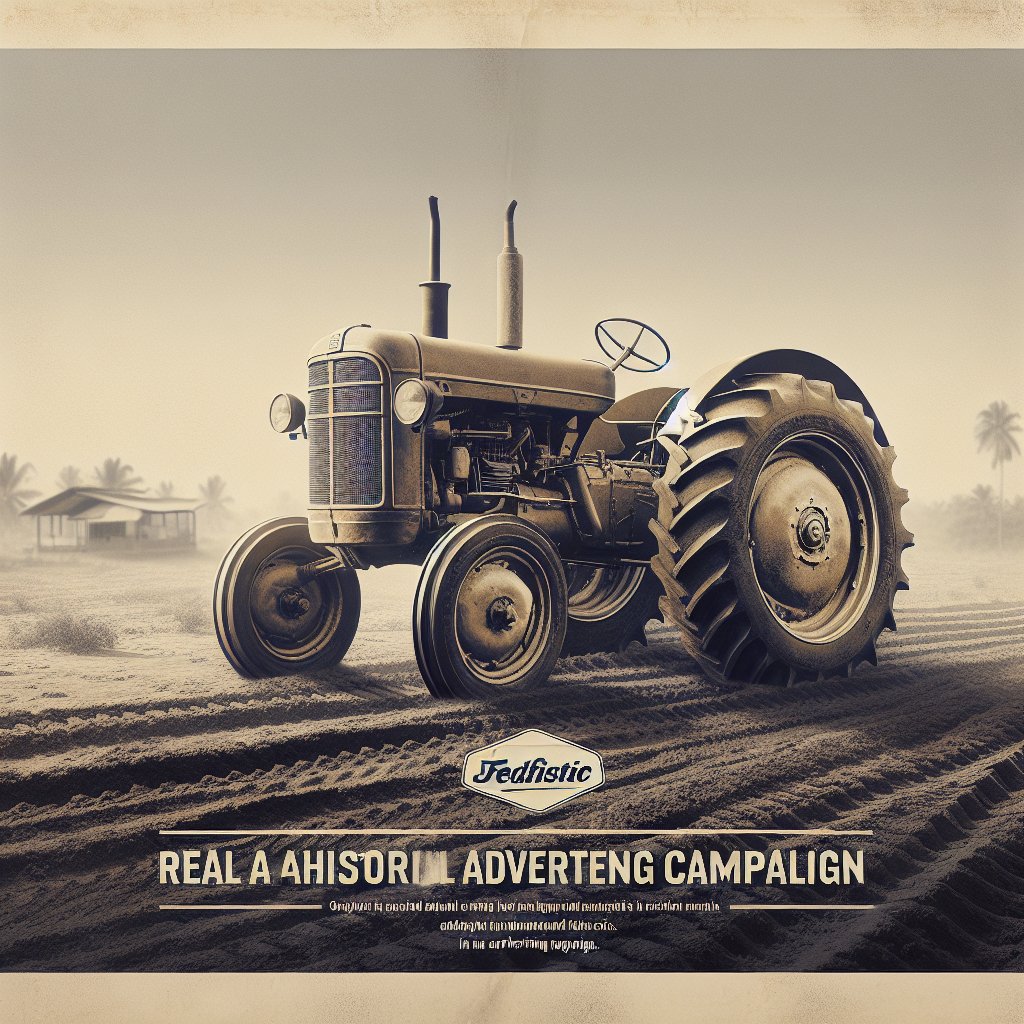The journey of modern tractors spans more than a century of relentless innovation, reshaping agricultural landscapes and empowering farmers across the globe. From bulky steam-driven machines to sleek, GPS-guided giants, tractors have evolved into versatile platforms for seeding, plowing, and harvesting. This article explores the major milestones that defined each era of tractor development, highlighting breakthroughs in power, efficiency, and technology, as well as the trends shaping future farm machinery.
Early Power Sources and Mechanical Ingenuity
The first self-propelled agricultural vehicles appeared in the late 19th century. Steam engines, originally designed for road haulage, were adapted to tow heavy loads across fields. These machines were massive, complex, and required a team of operators to manage water levels, fuel, and steering. Despite their bulk, steam tractors laid the groundwork for later internal combustion designs.
Transition to Internal Combustion
By the early 20th century, hydraulics and internal combustion engines offered a more compact, reliable solution. Early gasoline tractors like the Fordson Model F revolutionized farming by making high mobility affordable for smallholders. The Model F’s lightweight chassis and simple mechanics allowed farmers to attach plows and seeders without extensive modifications.
Improvements in Durability
Manufacturers focused on enhancing the durability of engines and transmissions. Cast iron blocks, better fuel pumps, and sturdier frames reduced downtime and repair costs. Standardized parts also emerged, enabling easier maintenance and fueling the expansion of rural workshops.
Advanced Hydraulics and Electronic Integration
Post–World War II, farms demanded more specialized attachments. The introduction of three-point hitches and hydraulic lifts allowed tractors to serve as versatile implements carriers. This innovation unlocked new possibilities for plowing, cultivations, and harvesting, relying on tractors as multipurpose powerhouses rather than simple draft animals.
- Three-point hitch: Transformed implements into integral parts of the tractor, improving stability and efficiency.
- Power take-off (PTO): Enabled attachments like mowers, balers, and grain augers to run off the engine’s rotation.
- Remote valves: Allowed hydraulic control from the driver’s seat, enhancing safety and precision.
Electronic Controls and On-Board Computers
By the late 20th century, on-board electronics transformed the tractor cab into a control center. Engine management systems optimized fuel injection and emissions. Programmable displays guided implement settings, reducing operator fatigue and boosting precision. Traction control, differential locks, and automatic steering enhanced performance in challenging field conditions.
Comfort and Ergonomics
Cab design evolved with suspension seats, climate control, and noise insulation. Operators gained clearer views through panoramic windows and adjustable mirrors. Intuitive joysticks replaced cumbersome levers, making the tractor both a productive and comfortable workplace.
Precision Agriculture and Connectivity
The arrival of Global Navigation Satellite Systems (GNSS) marked the era of automation in field operations. GPS-guided tractors could follow pre-set paths with centimeter-level accuracy, minimizing overlap and gaps during seeding and spraying. Data collected in real time allowed for variable-rate applications, conserving seeds, fertilizers, and pesticides.
Data-Driven Decisions
Software platforms integrated yield maps, soil maps, and weather forecasts. Farmers could tailor input levels to specific field zones, boosting sustainability and profitability. Cloud-based solutions enabled fleet management from remote locations, ensuring every tractor was performing at peak efficiency and maintenance schedules were met proactively.
Autonomous Tractors and Robotics
Leading research institutions and manufacturers invested heavily in driverless tractors. Equipped with LiDAR, radar, cameras, and advanced AI, these autonomous units could navigate fields without human intervention. Benefits included reduced labor costs, extended operating hours, and consistent execution of repetitive tasks such as weeding and harvesting.
Environmental Considerations and Alternative Fuels
Sustainability concerns led to efforts to reduce carbon footprints and soil compaction. Track systems replaced traditional wheels on some models, distributing weight more evenly and preserving soil structure. Hybrid drivetrains combined diesel engines with electric motors, capturing braking energy and reducing fuel consumption by up to 20%.
- Biogas-powered tractors: Utilize methane from farm waste as fuel, cutting greenhouse gas emissions.
- Electric prototypes: Offer zero tailpipe emissions for light-duty applications and orchard work.
- Hydrogen fuel cells: Under development for high-power, zero-emission performance in large machinery.
Material Science and Modular Design
Advances in materials have made tractors both stronger and lighter. High-strength steels and composites reduce frame weight while enhancing load-bearing capacity. Modular design principles allow for quick swaps of engine modules, transmissions, and work tools, minimizing downtime and simplifying repairs.
3D Printing and Spare Parts
On-farm 3D printers can produce non-critical replacement parts such as brackets and covers, cutting lead times for rare components. This technology will expand as printing materials become more robust and capable of handling mechanical stresses.
Future Directions in Tractor Development
Emerging trends point toward hyper-connected machinery, where tractors communicate not only with farm management software but also with drones, robots, and processing facilities. Swarm robotics may see multiple small autonomous tractors cooperating in coordinated tasks, optimizing land use and reducing soil compaction further.
Artificial Intelligence and Machine Learning
AI algorithms will analyze sensor data to predict equipment failures before breakdowns occur, schedule maintenance dynamically, and adjust settings on the fly for changing soil and weather conditions. Continuous learning systems will refine operational strategies, maximizing yields while conserving resources.
Customization and User Experience
Modular cabs equipped with augmented reality (AR) overlays will guide operators through diagnostics, part replacements, and complex implement setups. Tailored software interfaces will adapt to individual farming styles, offering personalized support and training modules embedded directly into the tractor’s cabin.
Global Collaboration and Knowledge Sharing
Open-source platforms and industry-standard communication protocols will allow researchers, manufacturers, and farmers to share data and best practices. This collaborative environment promises to accelerate breakthroughs in technology, ensuring that even small-scale operations benefit from the latest innovation.



